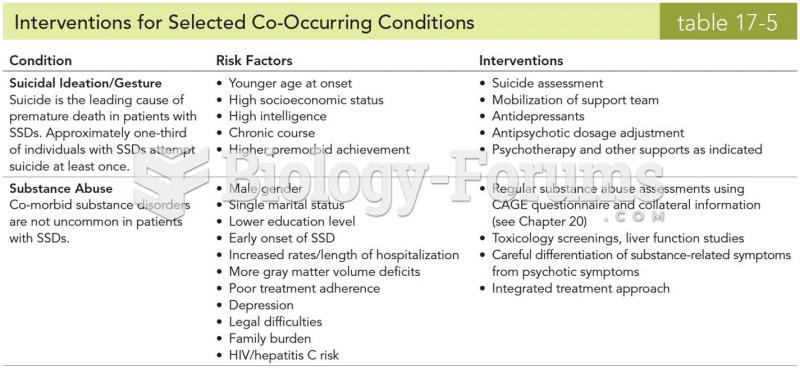Answer to Question 1
Anomie is when rules of behavior break down during rapid social change. It is most likely to occur in societies that are experiencing change. In a mechanical society, anomie is caused by a move to a postindustrial society in which individuals have more diverse views and beliefs. In an organic society, a shift in traditional values creates social turmoil. If a division occurs between what the population expects and what they can achieve, norms will break down and lose their meaning. If a society experiences anomie, society's controls are weakened and incapable of controlling peoples' goals and desires.
Answer to Question 2
Federal Section 1983 cases and state tort cases can apply to the same act by the
police, so cases may be filed under both laws. Section 1983 cases are based on
federal law, originally passed in 1871, while state tort cases are based on state law,
originally from tort law developed in court cases. Section 1983 cases are usually
filed in federal court, and only public officials can be sued, where state tort cases are
usually filed in state court and both public officials and private persons can be sued.
In Section 1983 cases, the basis for liability is violation of a constitutional right or a
right given by federal law, while in state tort cases, the basis for liability is injury to a
person or the property of another in violation of a duty imposed by state law. The
good faith defense in Section 1983 cases means the officer did not violate a clearly
established constitutional or federal right which a reasonable person should have
known, while in state tort cases means the officer acted in the honest belief that the
action taken was appropriate under the circumstances. Liability for negligence in
Section 1983 cases is based on deliberate indifference or conduct that shocks the
conscience, while in state tort cases is based on state law or court definition of
negligence







